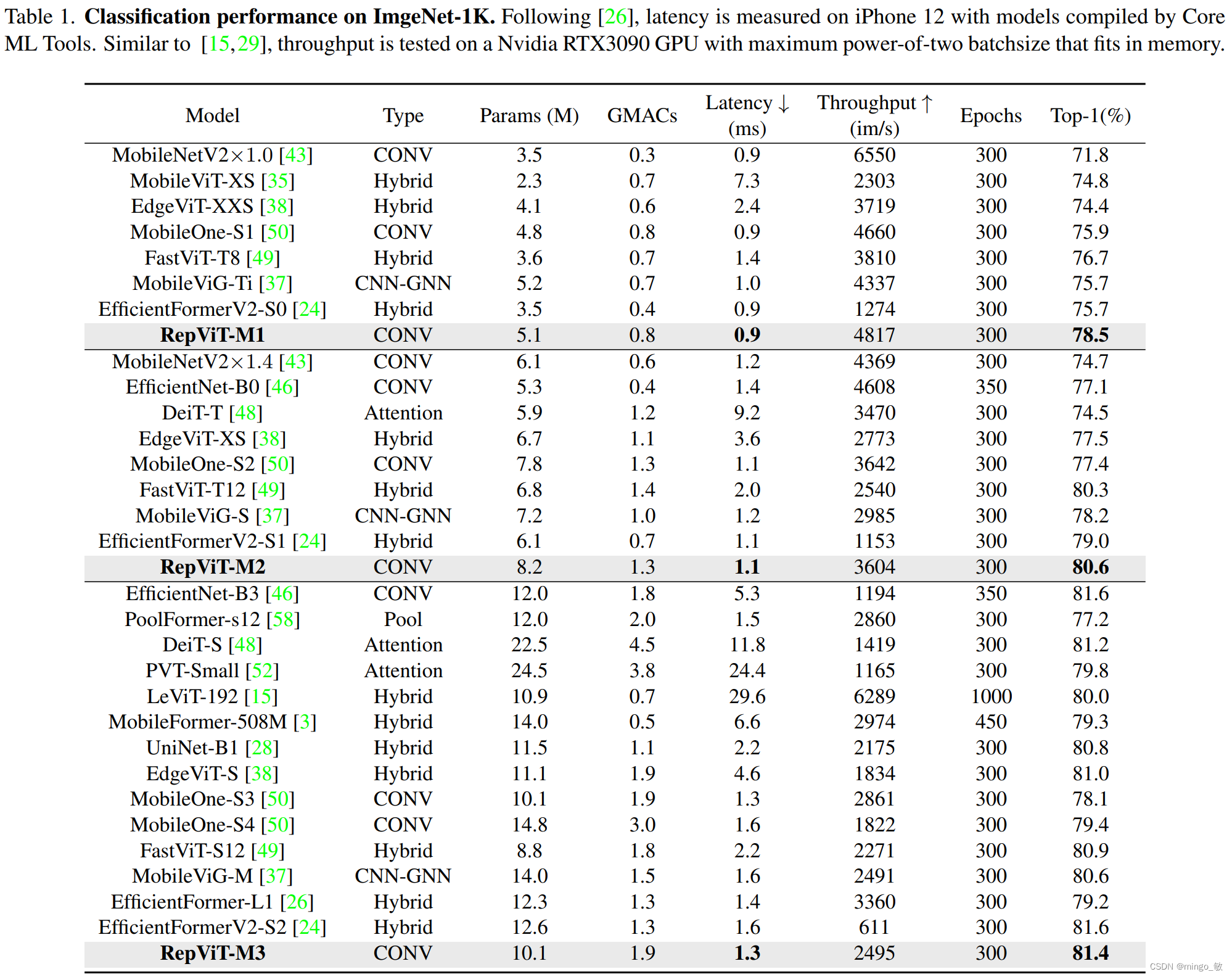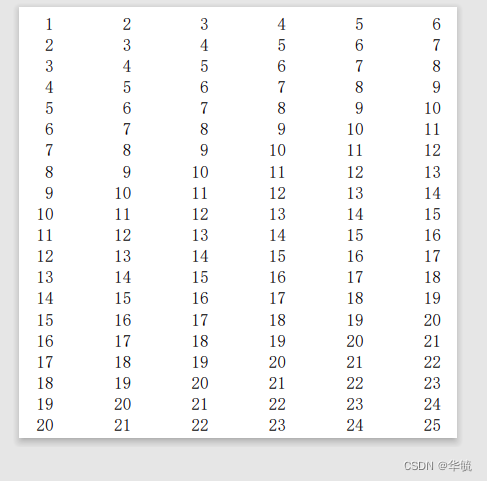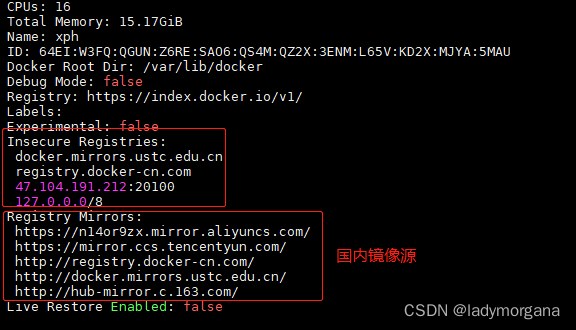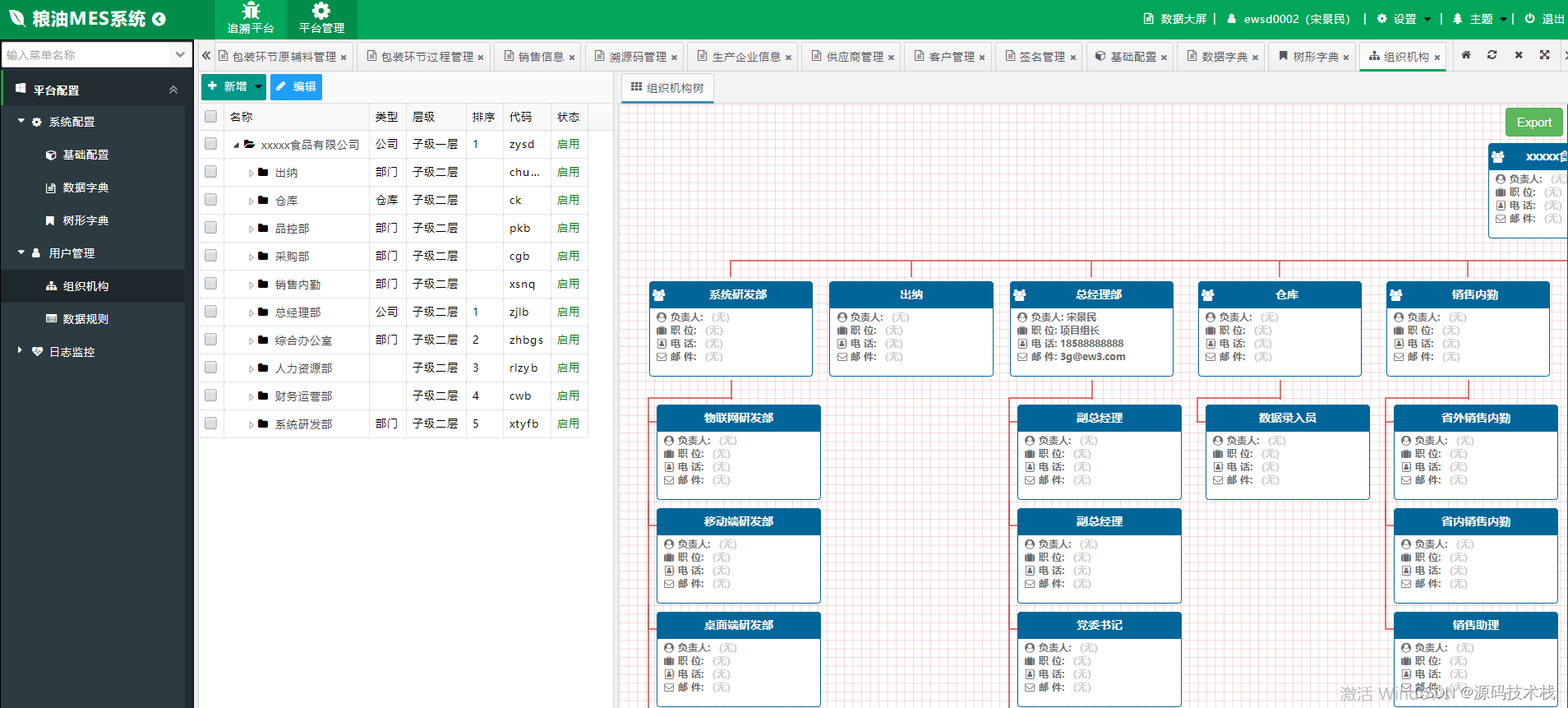本文只提及常用的特性,更多特性请查看官方文档。
AddComponentMenu - Unity 脚本 API
常用特性
AddComponentMenu 添加组件菜单
使用 AddComponentMenu 属性可在“Component”菜单中的任意位置放置脚本,而不仅是“Component > Scripts”菜单。
使用此属性可以更好地组织 Component 菜单,从而改进添加脚本时的工作流程。
[AddComponentMenu("Transform/Follow Transform")]
public class FollowTransform : MonoBehaviour
{
}
ContextMenu 向上下文菜单添加命令
ContextMenu 属性用于向上下文菜单添加命令。
在该附加脚本的 Inspector 中,当用户选择该上下文菜单时, 将执行此函数。
这对于从该脚本自动设置场景数据非常有用。 此函数必须是非静态的。
public class AttributeTest : MonoBehaviour
{[ContextMenu("Do Something")]void DoSomething(){Debug.Log("Perform operation");}
}
ContextMenuItemAttribute
当点击Reset后,会调用ResetDesc方法,重置变量的值。即往已经存在的上下文菜单中,添加自己的方法。
[ContextMenuItem("Reset", "ResetDesc")]public string playerDesc = "";public int money = 0;void ResetDesc(){playerDesc = "";money = 0;}
CreateAssetMenuAttribute 创建资源菜单
对 ScriptableObject 派生类型进行标记,使其自动列在 Assets/Create 子菜单中,以便能够轻松创建该类型的实例并将其作为“.asset”文件存储在项目中。
[CreateAssetMenu(fileName = "ScriptableObjectTest.asset", menuName = "ScriptableObject/ScriptableObjectTest")]
public class ScriptableObjectTest : ScriptableObject
{public string desc = "这是个ScriptableObject";
}
HeaderAttribute 添加标题
使用该 PropertyAttribute 在 Inspector 中的某些字段上方添加标题。
标题使用 DecoratorDrawer 完成。
[Header("Health Settings")]public int health = 0;
HideInInspector 隐藏于面板
使变量不显示在 Inspector 中,但进行序列化。public变量默认会显示在Inspector界面中的,加上这个标签,就不会显示。
InspectorNameAttribute 修改面板显示的名称
对枚举值声明使用此属性可更改 Inspector 中显示的名称。
public class AttributeTest : MonoBehaviour
{public ModelImporterIndexFormat f;
}public enum ModelImporterIndexFormat
{Auto = 0,[InspectorName("16 bits")]UInt16 = 1,[InspectorName("32 bits")]UInt32 = 2,
}
MinAttribute 最小值限制
用于使脚本中的 float 或 int 变量受限于特定最小值的属性。
MultilineAttribute 多行文本
用于string类型,可以编辑多行文本。
PropertyAttribute 自定义属性特性
用于派生自定义属性特性的基类。这可用于为脚本变量创建特性。
自定义特性可以与自定义 PropertyDrawer 类连接,以控制具有该特性的脚本变量如何在 Inspector 中显示。
RangeAttribute 值的范围限制
用于使脚本中的 float 或 int 变量受限于特定范围的属性。
使用此属性时,float 或 int 会在 Inspector 中显示滑动条。
[Range(1, 6)]public int integerRange;[Range(0.2f, 0.8f)]public float floatRange;RequireComponent 所需组件
RequireComponent 属性自动将所需的组件添加为依赖项。
当您将使用RequireComponent的脚本添加到GameObject时,所需组件将自动添加到GameObject。这有助于避免设置错误。例如,一个脚本可能要求一个刚体总是被添加到同一个GameObject中。
// PlayerScript requires the GameObject to have a Rigidbody component
[RequireComponent(typeof(Rigidbody))]
public class PlayerScript : MonoBehaviour
{Rigidbody rb;void Start(){rb = GetComponent<Rigidbody>();}void FixedUpdate(){rb.AddForce(Vector3.up);}
}SerializeField 序列化私有字段
强制 Unity 对私有字段进行序列化。
当 Unity 对脚本进行序列化时,仅对公共字段进行序列化。 如果还需要 Unity 对私有字段进行序列化, 可以将 SerializeField 属性添加到这些字段。
Unity 将对所有脚本组件进行序列化,重新加载新程序集, 并从序列化的版本重新创建脚本组件。此 序列化是通过 Unity 内部序列化系统完成的;而不是通过 .NET 的序列化功能来完成。
序列化系统可执行以下操作: 可序列化(可序列化类型的)公共非静态字段 可序列化标记有 SerializeField 属性的非公共非静态字段。 不能序列化静态字段。 不能序列化属性。 可序列化的类型
Unity 可序列化以下类型的字段: 继承 UnityEngine.Object 的所有类,例如 GameObject、Component、MonoBehaviour、Texture2D、AnimationClip。 所有基本数据类型,例如 int、string、float、bool。 某些内置类型,例如 Vector2、Vector3、Vector4、Quaternion、Matrix4x4、Color、Rect、LayerMask。 可序列化类型数组 可序列化类型列表 枚举 结构 有关序列化的更多信息,请参阅脚本序列化。
注意:如果在一个列表(或数组)中将一个元素放置两次,当此 列表被序列化时,将获得该元素的两个副本,而不是获得两次新列表中的一个副本。
注意:如果要序列化自定义 Struct 字段,则必须为该 Struct 给定 [System.Serializable] 属性。
提示:Unity 不会序列化 Dictionary,但您可以为键存储一个 List<> 和为值存储一个 List<>,然后在 Awake() 上将它们组合在非序列化字典中。这不能解决您需要修改字典 并将其“保存”回时出现的问题,但在许多其他情况下,这是一个方便的技巧。
[SerializeField]private bool hasHealthPotion = true;SpaceAttribute 间距
可在 Inspector 中添加一些间距
public int health = 0;[Space(10)] // 10 pixels of spacing here.public int shield = 0;TextAreaAttribute 可滚动的区域编辑字符串
属性,用于通过高度灵活且可滚动的区域编辑字符串。
您可以指定 TextArea 的最小行数和最大行数,该字段将根据文本的大小进行扩展。如果文本大于可用区域,则会显示滚动条。

[TextArea]public string MyTextArea;TooltipAttribute 工具提示
为 Inspector 窗口中的字段指定工具提示。

下面的脚本中添加了一个 health。它向用户提供有关 health 变量的值的范围信息。建议的范围在 TooltipAttribute 字符串中提供。
[Tooltip("Health value between 0 and 100.")]public int health = 0;













![[CKA]考试之Sidecar代理](https://img-blog.csdnimg.cn/82aff5ba94e643139a1cf1e1eeadb37c.png)




